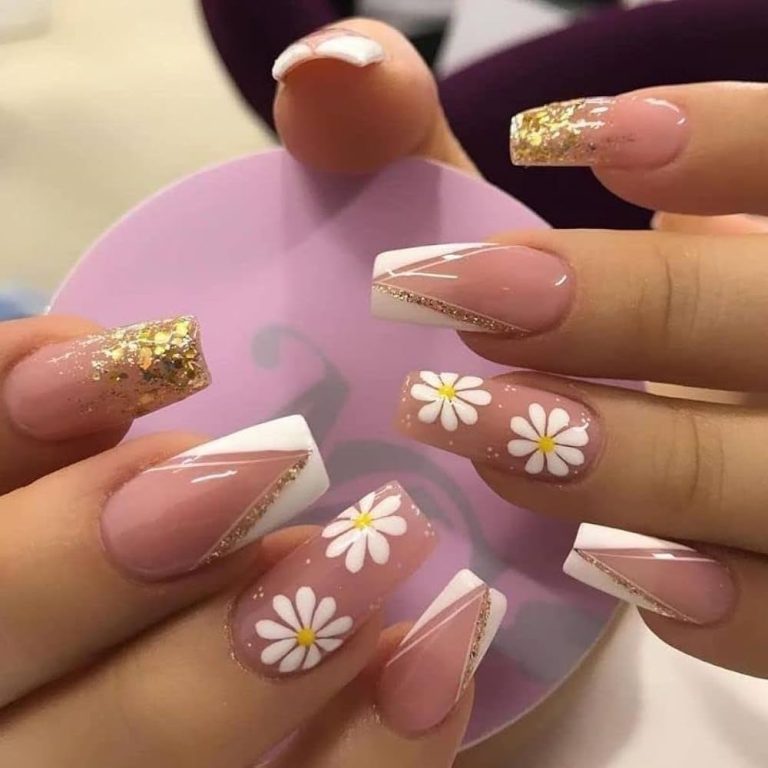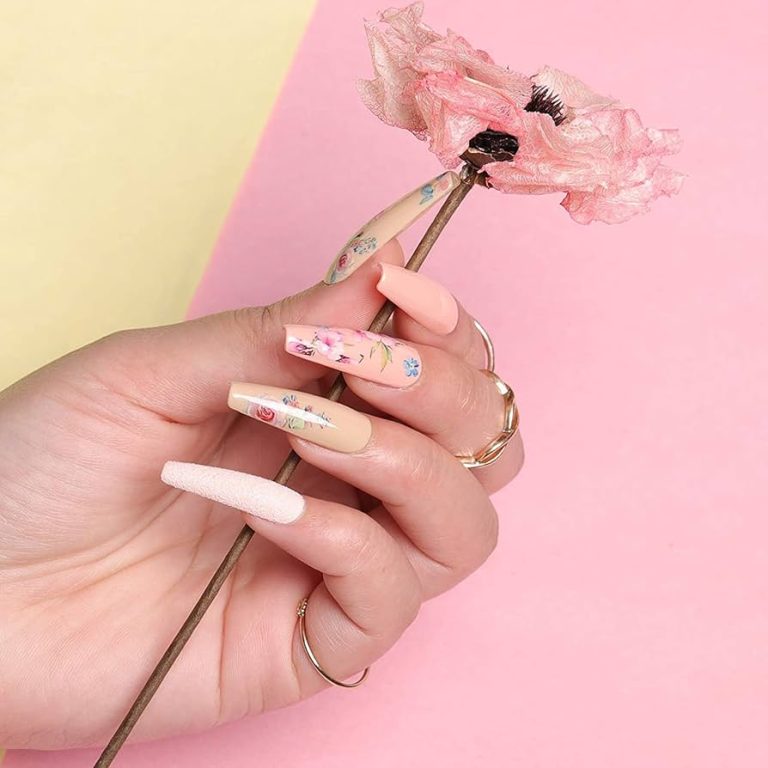
Gel Polish: Nail Savior or Silent Saboteur?
Introduction to Gel Polish and Nail Health
Gel polish has revolutionized the beauty industry with its long-lasting shine and durability. However, many are left wondering, ‘does gel polish damage nails?’ It’s essential to understand how gel polish works and the effects it has on nail health. Gel manicures involve curing polish under UV or LED lamps, creating a hard, glossy layer over the natural nail. This process has been a topic of debate among nail care professionals and health experts.
To ensure nail health, proper application and removal are crucial. When gel polish is removed harshly, it can lead to weakened or damaged nails. Moreover, the use of UV lamps has raised concerns about skin cancer risks. Therefore, knowing how to maintain healthy nails while enjoying the benefits of gel polish is vital.
In this section, we will explore the nature of gel polish, discuss the types of gels available, and consider their potential impacts. We’ll also delve into the role of UV and LED lamps in the curing process. Understanding these factors is the first step towards making informed decisions about gel manicures and keeping your nails in top condition.
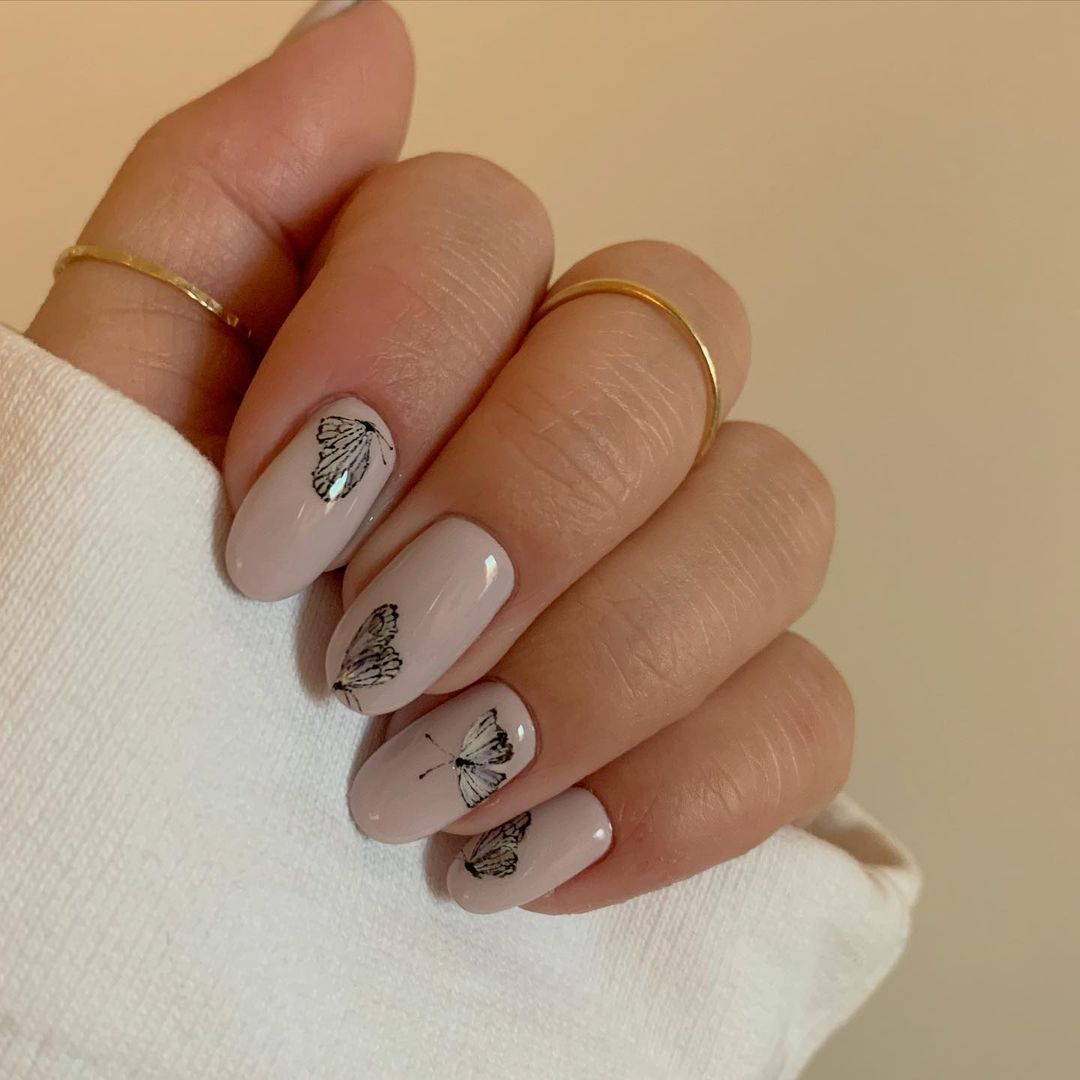
Types of Gel Polish: Soft Gel vs. Hard Gel
With the vast array of gel polishes available, it’s crucial to distinguish between the two main types: soft gel and hard gel. Each variant caters to different preferences and nail care needs.
Pros and Cons of Each Type
Soft Gel: Soft gels, known for their flexibility, adapt to the natural movements of your nails. They can be removed with acetone, making them a less invasive option for your nails. However, they may not be as durable as their hard gel counterparts, and might require more frequent touch-ups.
Hard Gel: Hard gels excel in durability and are ideal for lengthening short nails. They are cured under a UV or LED lamp and are filed off rather than soaked. The downside is that hard gel is more challenging to remove and can be tougher on the nail if not handled correctly.
Navigating these options involves a trade-off between ease of removal and the longevity of the polish. Leading nail artists emphasize that the health of your natural nails should always be a priority when choosing between soft and hard gels. Both types have their merits, but the key is to select the one that best aligns with your nail health objectives and lifestyle demands.
The Impact of UV and LED Lamps on Skin and Nails
The use of UV and LED lamps in gel manicures has triggered health discussions. These lamps are essential for curing gel polish, but they pose potential risks.
Understanding UV Exposure and Skin Cancer Risks
UV exposure is a well-known risk factor for skin cancer. UV lamps used in gel manicures emit similar light, which could be harmful. Studies suggest a link between these lamps and increased skin cancer risk.
The debate is ongoing, with different experts contributing varied opinions. Still, caution is advised. Sunscreen or protective gloves can be used during gel curing to minimize exposure. Taking these precautions can help reduce the risks associated with UV and LED lamps.
It’s important to note that LED lamps emit less UV light compared to traditional UV lamps. This means they may be a safer option, but not completely risk-free. Opting for LED lamps and following safety guidelines should be considered when getting gel manicures.
Regular gel polish users should be especially aware of these concerns. Although the risk may not be fully established, it is wise to protect your skin during nail treatments. By doing so, you can enjoy the benefits of gel polish with lesser worries about UV exposure.
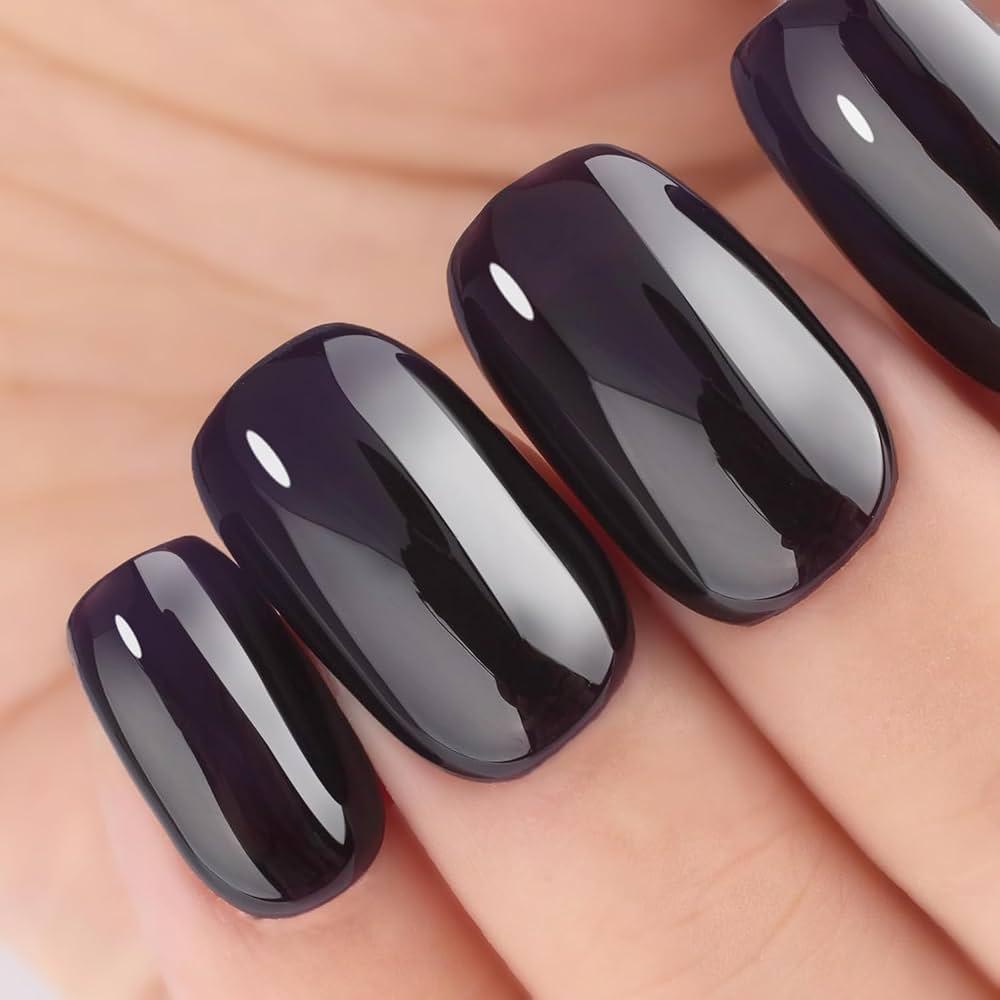
Gel Polish Removal: Techniques and Nail Damage
Removing gel polish correctly is key to preventing nail damage. Many nail enthusiasts face difficulties with removal, often causing undue stress to their nails. Not all removal techniques are created equal, and understanding safe practices is essential.
Safe Practices for Removing Gel Polish
- Professional Removal: It’s best to have gel polish removed by a trained technician. They know how to do it right, causing minimal harm.
- Gentle Products: Choose acetone-free removers when possible. These are less harsh on your nails.
- Avoid Picking or Peeling: Never peel off gel polish. It can strip layers of the nail.
- Moisturize After: Following removal, apply cuticle oil and lotion to restore hydration to the nails.
The beauty of gel polish entails a trade-off with potential detriment to our nails. Overzealous or incorrect removal can weaken nail beds. Gel polish removal requires patience and proper technique. Allow removers to work gradually, minimizing force and abrasive actions. After removal, it’s critical to nourish the nails with hydration. Carefully maintaining these practices will support the integrity of your nails over time.
Strategies for Maintaining Healthy Nails with Gel Polish
Maintaining healthy nails while enjoying gel polish requires specific strategies. Here are some tips to help keep your nails strong and healthy.
Importance of Nail Hydration and Moisturization
Hydrating and moisturizing are crucial for healthy nails, especially when using gel polish. Apply cuticle oil daily to nourish the nail bed and surrounding skin. Follow with a good hand lotion to lock in moisture, keeping your nails and hands supple and hydrated.
Regular use of these products combats the dryness that can occur with frequent gel polish use. By keeping your nails moisturized, they are less likely to become brittle and break.
In addition to daily oils and lotions, wearing gloves during household chores like washing dishes can prevent unnecessary water exposure, which weakens nails. This protective approach helps to preserve your nail’s integrity during and between gel manicures.
It’s also beneficial to drink plenty of water. Hydration starts from within, and well-hydrated bodies can better maintain healthy nails. Furthermore, include biotin-rich foods in your diet as biotin can strengthen nails.
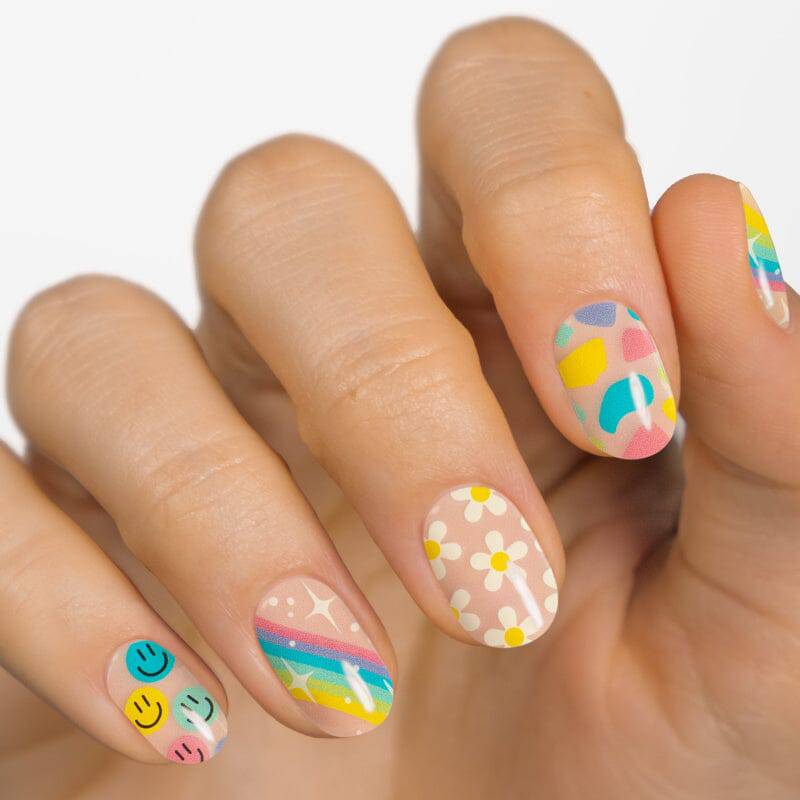
Professional Insights on Gel Polish and Nail Care
Professionals such as dermatologists and experienced nail technicians offer valuable insights into maintaining nail health with gel polish. For example, select nail salons that use quality gel products and ensure that nail artists follow safe removal practices, which minimizes damage.
Experts also recommend occasional breaks from gel manicures to allow nails to recover naturally. Consulting with a dermatologist can also provide tailored advice, particularly if your nails show signs of damage or weakness.
Recommendations for Gel Polish Users
To minimize potential nail damage from gel polish, consider these best practices:
- Choose reputable salons that prioritize nail health.
- Opt for soft gel polishes that are easier on nails and simpler to remove.
- Apply a broad-spectrum sunscreen on your hands during gel curing to protect against UV exposure.
- Ensure proper removal techniques are used. Peeling or picking at gel polish can severely damage the nail surface.
- Take breaks between gel applications to let your natural nails breathe and recover.
By following these strategies and tips, you can enjoy the beauty of gel manicures without compromising the health of your nails.
Professional Insights on Gel Polish and Nail Care
Gel polish has a mixed reputation. Professionals give advice on its safe use.
Expert Opinions from Dermatologists and Nail Specialists
Dermatologists and nail experts share insights on gel polish effects. They focus on prevention of nail damage. Vanessa Cao, a licensed nail artist, highlights gentle removal and prep. She advises against acidic primers which can harm the nail bed.
Dana Stern, M.D., points to the removal process as damaging, not the gel. She stresses following aftercare instructions to protect nails. Nail artist Michelle Nguyen suggests that gel acts as a protective layer. However, aggressive scraping during removal can be harmful.
Experts recommend salon visits for removal. Professionals know the best techniques. This minimizes damage to nails. They also suggest good nail care at home. Use cuticle oil and hand lotion daily.
Short breaks between gel manicures are good. They allow natural nails to strengthen. Wearing gloves for chores protects nails from water.
Choosing the right type of gel is important. Soft gels are easier on nails than hard gels. High-quality gels from reputable salons are best.
Protect hands from UV light during curing. Use broad-spectrum sunscreen or protective gloves.
By following professional advice, can keep nails healthy with gel polish.
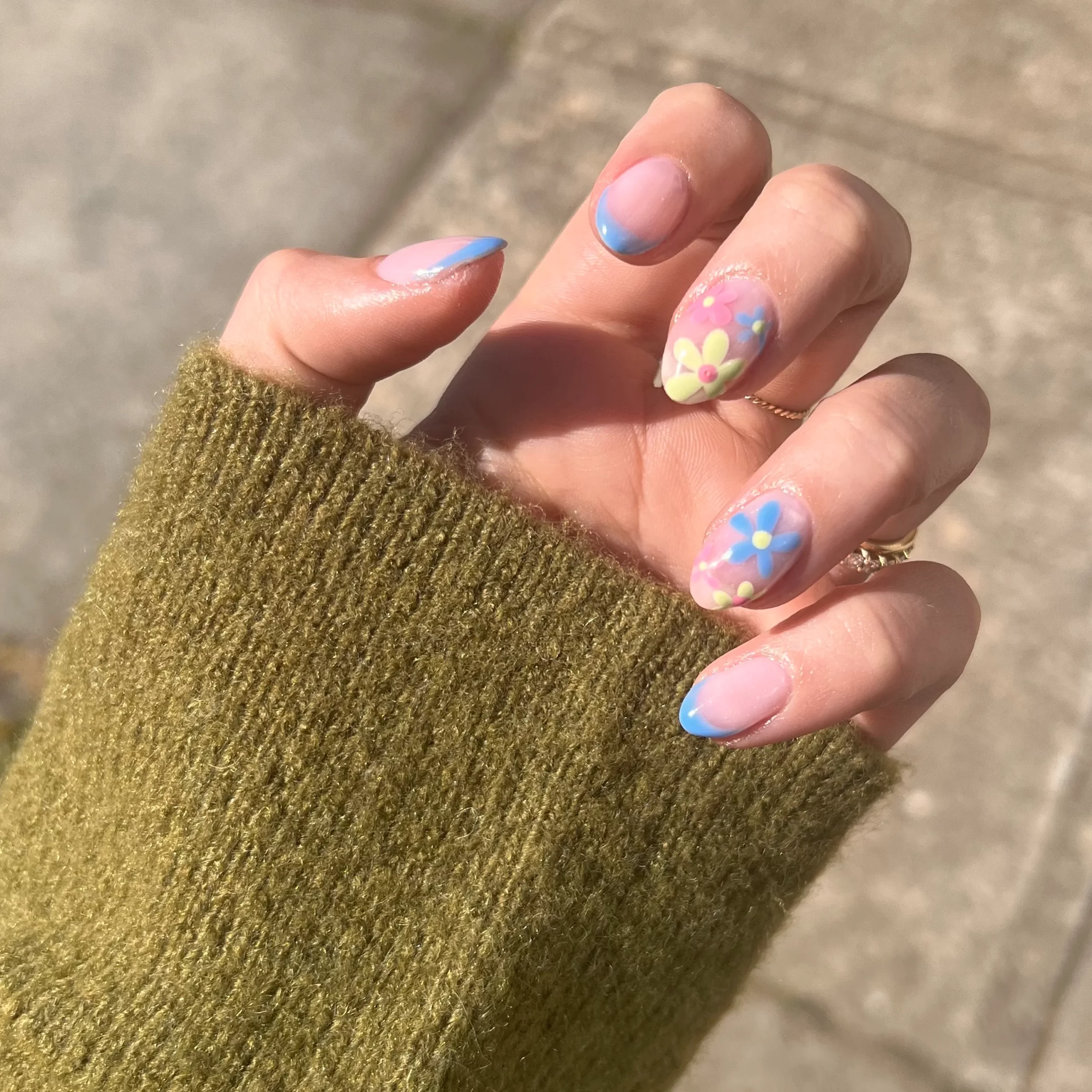
Recommendations for Gel Polish Users
For those who love the look and durability of gel polish, here’s how to keep your nails healthy:
Best Practices for Minimizing Nail Damage
- Choose Top Salons: Pick salons known for their nail care standards and high-quality gel products.
- Select Soft Gels: Opt for soft gel polishes for a gentler experience and easier removal process.
- Protect from UV: Apply sunscreen on your hands or wear protective gloves during the curing process to shield from harmful UV rays.
- Ensure Correct Removal: Insist on proper gel polish removal techniques to avoid damaging your nails.
- Give Nails a Break: Take regular intervals between gel manicures to let your natural nails restore and strengthen.
By following these steps, you can enjoy your gel polish while caring for your nail health.
